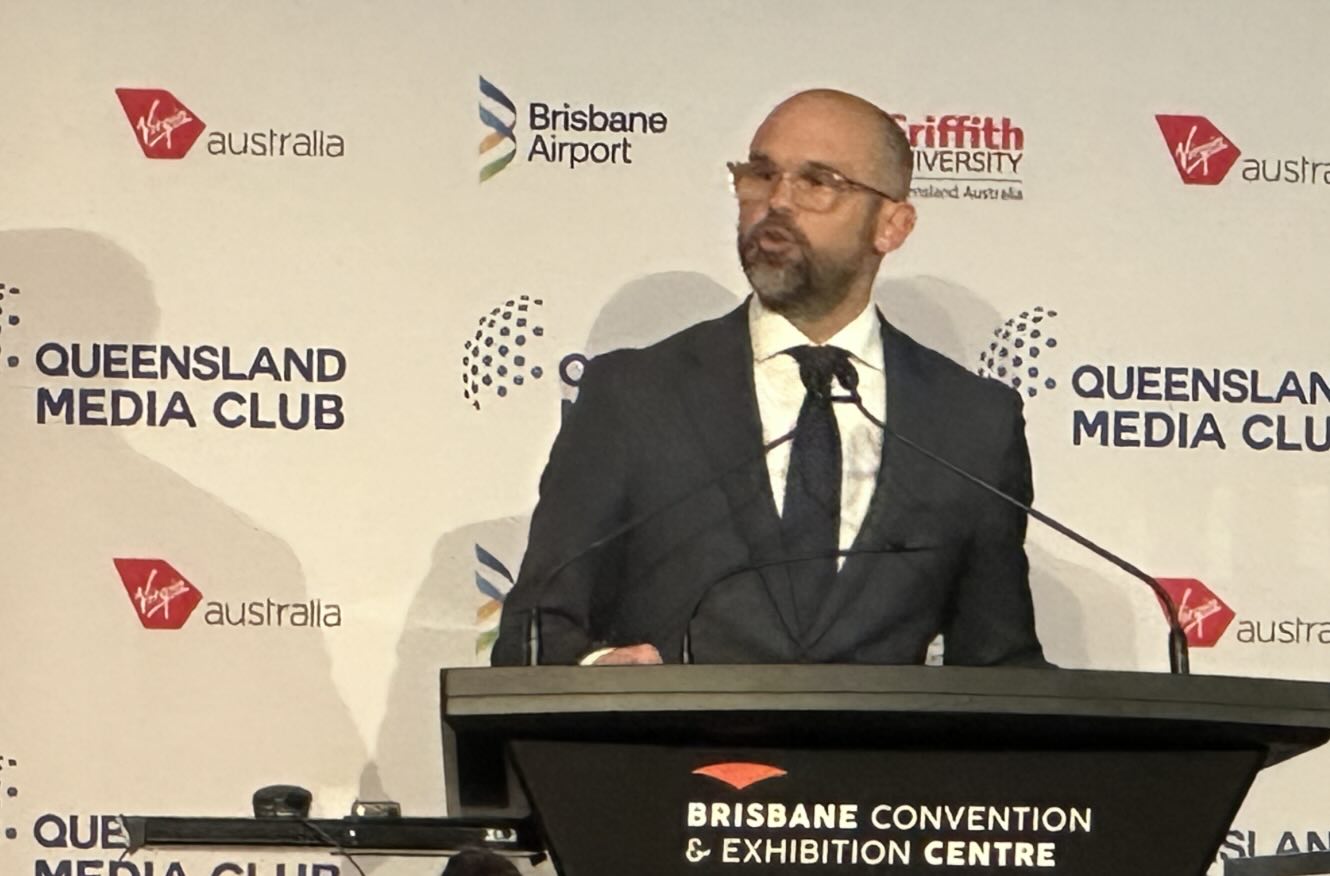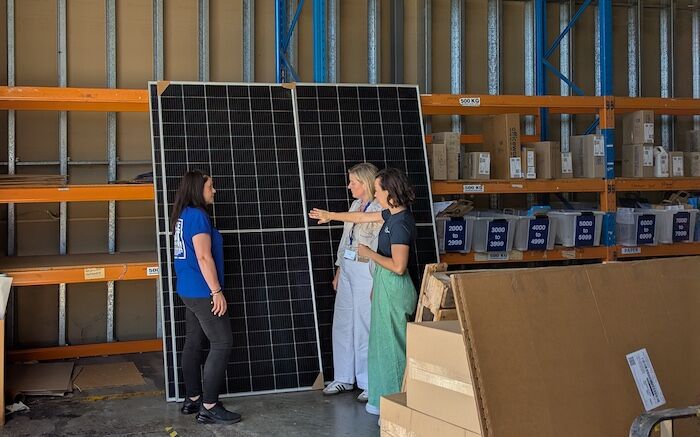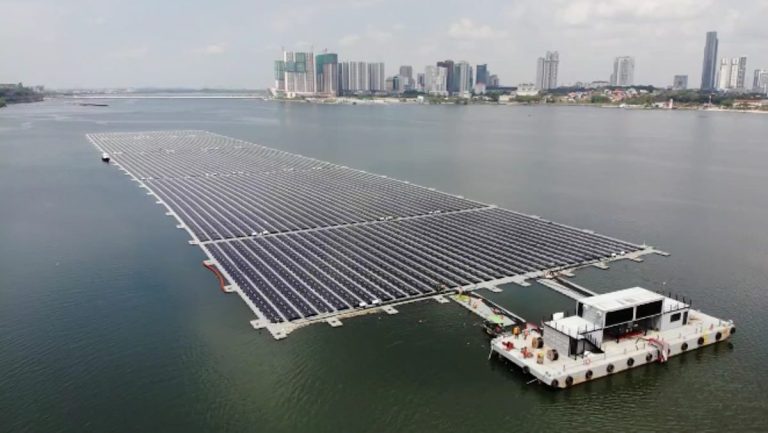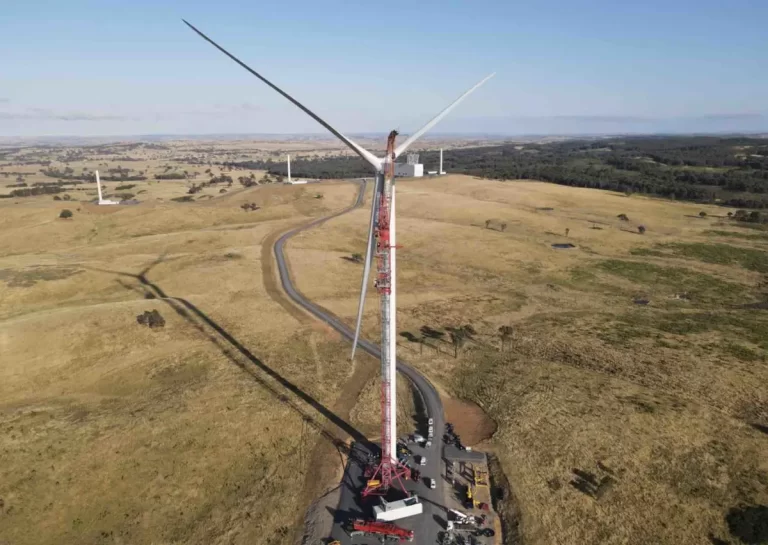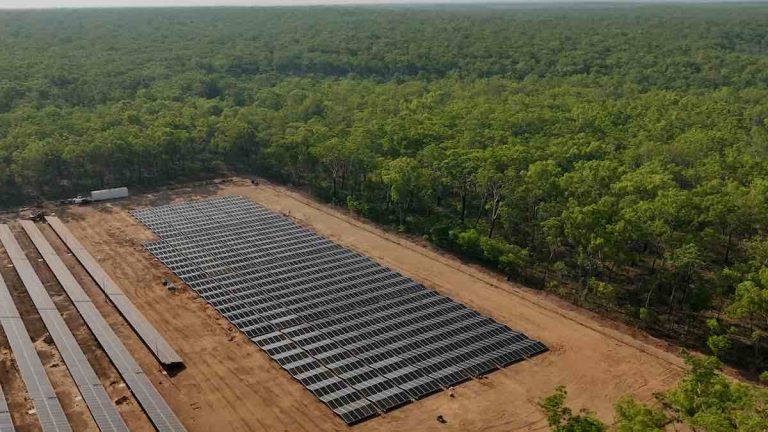Queensland’s Coal Policy Hinders Renewable Energy Growth
Queensland certainly knows how to revel in its sporting triumphs, having recently celebrated significant victories with the Brisbane Lions clinching the AFL title and the Brisbane Broncos securing a stunning win in the NRL grand final, just hours after their women’s team claimed the NRLW championship.
However, when it comes to the green energy sector, Queensland finds itself lagging far behind, despite claims from its treasurer and energy minister that the state possesses the finest wind and solar resources in the nation, if not the globe. The reality is that Queensland remains the most coal-dependent state in Australia, and the LNP government appears committed to maintaining this status quo for the foreseeable future.
Government’s Stance on Renewables
The LNP’s approach to renewable energy has been nothing short of brazen, as they have actively undermined efforts to transition to cleaner energy sources. Their actions include scrapping state renewable energy targets, introducing restrictive planning laws, reversing approvals for several wind farms, and pledging $1.6 billion to prolong the life of coal operations. Recently, they unveiled a roadmap that, according to their own figures, effectively shuts the door on renewable energy development.
During a gathering of around 500 energy industry professionals at the Brisbane Convention Centre, Energy Minister David Janetzki attempted to portray the state as still welcoming large-scale renewable projects, dubbing it a “pragmatic plan for affordable, reliable, and sustainable energy.” However, his speech and the accompanying roadmap reveal a stark contradiction to his claims.
Reality of Energy Capacity
The LNP’s projections indicate that the 6.5 gigawatts of new energy capacity expected to be developed by 2030 is either already in progress, contracted by Rio Tinto to replace the state’s largest coal generator at Gladstone, or backed by the federal government’s Capacity Investment Scheme. Alarmingly, their own data suggests that they anticipate no new wind or solar capacity to be constructed during this period.
Looking further ahead, the roadmap forecasts the addition of 4.5 gigawatts of new wind and solar capacity between 2030 and 2035, but this will be located in the state’s remote north-west, far from the main population centres. The scale of the setback is highlighted by QCC’s Dave Copeman, who points out that the LNP’s roadmap predicts eight gigawatts less wind capacity over the next decade compared to Labor’s Queensland Energy Jobs Plan, and a staggering 13 gigawatts less than the Australian Energy Market Operator’s Integrated System Plan.
Criticism of the Roadmap
Copeman criticises the Energy Roadmap as a tool designed to appease fossil fuel supporters within the party rather than a sensible strategy for Queenslanders facing the challenges of outdated coal-fired power stations. He argues that the Treasurer’s claims of savings crumble under scrutiny, as the modelling fails to account for the necessity of replacing coal and overlooks the costs associated with prolonged reliance on coal and gas.
The implications of this roadmap extend beyond Queensland, potentially leading to increased wholesale electricity prices and higher bills for consumers. Janetzki has indicated that the government is already working to alleviate the financial burden on households. Smart Energy Council CEO John Grimes warns that the roadmap will not only raise energy costs for Queenslanders but also hinder Australia’s capacity to tackle climate change for years to come.
Impact on Emissions Targets
As a result, Queensland’s emissions reduction target of a 75 per cent cut by 2035 is effectively rendered unachievable. If the state cannot transition to a greener grid, it will struggle to achieve significant emissions reductions across other sectors of the economy. While Janetzki has yet to publicly acknowledge this reality, the consequences are evident.
This situation poses a challenge for Australia in meeting its newly established 2035 emissions reduction target and complicates the efforts of federal energy and climate minister Chris Bowen to reach an 82 per cent renewables target. A reevaluation of the Integrated System Plan’s main scenario may be necessary.
Rio Tinto’s Transition Plans
Ironically, Janetzki and many within the LNP are aware that their assertions and strategies are fundamentally flawed, contradicted by their own plans and the realities surrounding them. For instance, Rio Tinto, which operates significant aluminium smelters and refineries in Gladstone, has recognised that these facilities cannot rely on coal beyond the end of the decade. Consequently, the company has committed to transitioning to renewable energy sources, contracting multiple gigawatts of wind, solar, and battery storage to replace the ageing coal-fired power station.
Interestingly, Janetzki’s roadmap includes support for a gas generator and grid upgrades around Gladstone, which align with Rio Tinto’s energy strategy, suggesting that the company has the influence to push the government towards supporting its plans.
Future Energy Solutions
Rio Tinto has indicated it can achieve this transition within a few years, signalling the early closure of Gladstone in 2029, with renewable projects operational by then. If this is feasible for Rio, one must question why the LNP cannot envision a similar path for the rest of the state, even if not by 2035 as Labor proposed, then at least by 2040.
Janetzki has expressed enthusiasm for unlocking vast mineral resources in the north-west, yet it is clear that the energy supply for this region will not come from coal, gas, or nuclear sources. Instead, it will predominantly rely on wind, solar, and battery storage, as indicated by the government’s own modelling.
Conclusion
Despite the LNP’s claims, the reality is that Queensland’s coal power stations are becoming increasingly unreliable as they age, having experienced numerous outages in recent months. The government’s announcement of a $400 million renewable energy and gas investment fund pales in comparison to the estimated costs of extending the life of just one failing coal power station.
As Queenslanders increasingly turn to rooftop solar and home batteries to protect themselves from rising prices and power outages, the question remains: how will the ageing coal plants cope with the growing demand for renewable energy? The Australian Energy Market Operator has made it clear that the reliability of large, inflexible, and ageing thermal generators is a significant concern.
While Janetzki asserts that the LNP’s energy roadmap is grounded in economics and engineering, the reality is a rejection of these principles, driven by vested interests and conservative media. The disappointment among industry professionals at the recent event was palpable, as many had anticipated a more progressive approach from the LNP. Unfortunately, the consequences of this roadmap will be felt by all.
